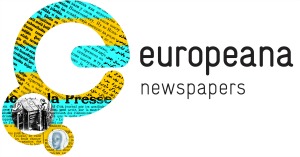Every month we highlight one partner of the Europeana Newspapers Project. These articles will give you the ‘inside story’ about our partners, their specific role within the project and the various challenges that arise with the refinement and aggregation of historical newspapers. This month we feature the National Library of Turkey.
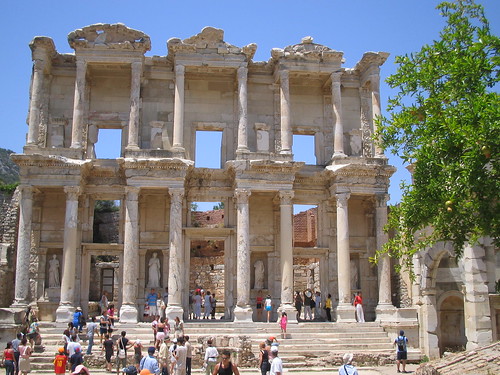
The history of libraries within the borders of today’s Turkey goes back to the 2nd century b.c. to Hattusha, the capital city of the Hittites where a cuneiform script tablet collection was found, which is considered to be one of the oldest archives or libraries of world history. The Library of Pergamum and Celcus Library of Ephesus are great examples of the highly developed library culture of the ancient world.
Documentation about libraries from the Byzantine era rarely exists and only a few manuscripts from their collections were preserved. There is a small amount of authoritative content written on the Byzantine Libraries in Constantinople the writing is very limited and intertwined with the history of the Byzantium Empire. However, the library and script culture of the Ottoman Empire is better documented and it still affects many areas of the librarianship today:
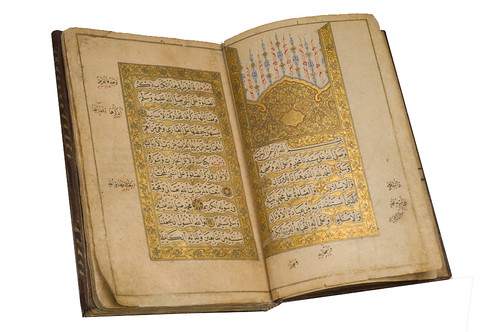
- many Turkish libraries are accommodated in historical Ottoman buildings
- numerous libraries own big and valuable manuscript collections which are often prepared with artistic illustrations.
Among the Seljuks and the Ottomans, libraries were supported by pious foundations (vakıf). These were founded for the benefit of müderrise (history teachers) or for the population of districts in towns. In early Ottoman period libraries were located within mosques, türbes (“tombs”), dervish convents or imarets. During the reign of Beyazıd I, medreses began to found their own libraries. The first major Ottoman Library after the conquest of Constantinople was set up in the imperial palace. During the tulip period (1718-1730) libraries were built for the benefit of the population. In the provincial towns libraries were mostly confined to the mosques.
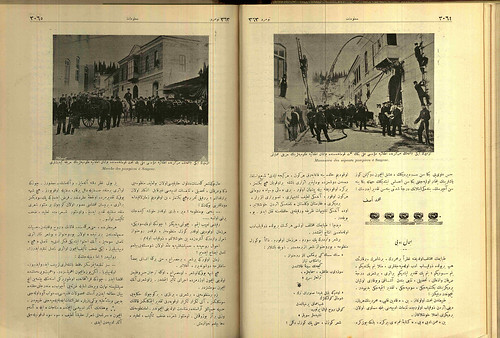
The first modern libraries emerged with the Military and Naval Engineering School in the late 18th century. Münif Pasha founded a research library, where main Western sources on the natural sciences could be found (1861). A state policy to reorganize the existing institutions was systematized with the Regulation of Public Education (1869) The Ministry of Education became responsible for the libraries within the empire. In 1882 the state for the first time founded a public library (Beyazıd Kütüphanesi).
With social and political processes of modernization the professionalization of the Turkish librarianship took place during the years after World War II, which showed itself in the foundation of the National Library. The National Library of Turkey started to provide service in 1946. Following closely the standards of librarianship and modern information technologies NLT boosts its service quality. Keeping and conserving the Works of our rich-cultured civilization born in this land that hosted many civilizations, the National Library of Turkey enables people to get benefit from these works in the best possible way. The NLT is well aware of its responsibilities in passing on culture, offering all its services to use.
The Turkish Bibliographical Institute which is subordinated to the National Library compiles the National Bibliography of Turkey and a bibliography of articles published in Turkish journals. In addition, it publishes various catalogues of special book collections in Turkish libraries, such as manuscripts and prints in the Arabic language. Furthermore, the National Library offers a microfilm-archive, the Atatürk Documentation Center, a collection of film posters, paintings and an online-collection of “talking books” for visually impaired. In the same building, a data processing center, a printer with bindery, a photo lab and a microfilm production lab are located.
As of 2013, The National Library of Turkey’s main building has a total 46,985 m2 usage area. With The National Archive, 4 major reading halls, a microfilm reading hall, a talking library for visually-impaired visitors, 8 multi-purpose halls, an interactive research hall and a non-book materials hall, 2 conference halls and an exhibition hall.
Our present age requires to access information in the easiest way. Taking into account this necessity the NLT has started its sources to be digitized.
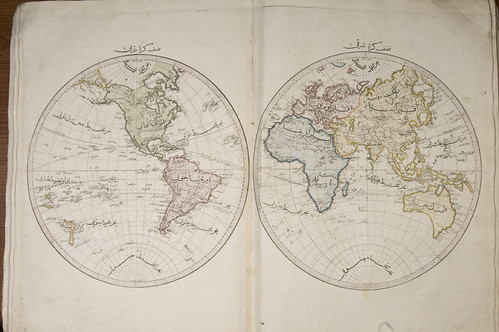
Non- book materials Information System: In 2013, 32,177 non- book materials including 20,406 posters, 5,723 musical notes and 6,048 maps were digitized and 386 visitors used 2,236 non- book materials. These materials are planned to be served to the users under the name of “Fine Arts” in the first quarter of 2014. Other materials will be digitized gradually.
Why Newspapers?
As witnesses of the time and place newspapers are important because they offer a greater variety of news since hundreds of years. Newspapers still remain a good source for researchers and academics working in different fields. Newspapers are also important because they contain a spectrum of articles and photographs on topics ranging from local to global. Newspapers have been and will be a daily snapshot of history.
Digitizing Europe’s cultural heritage, making it accessible online and preserving it for future generations is one of the challenges of the Digital Agenda for Europe.
Digitized newspapers make information accessible to a diverse audience from all over the world. NLT started first with the digitization of old newspapers which were published during the Ottoman Empire and young republic years.
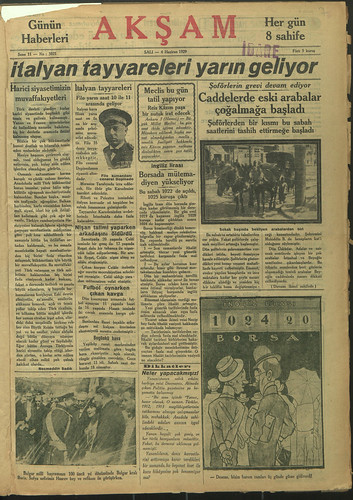
The multiple linguistic influences on Ottoman Turkish caused difficulties in spelling and writing. The constituent parts Turkish, Persian, and Arabic belong to three different language families Ural-Altaic, Indo-European, and Semitic, respectively and the writing system fits only Semitic. Phonological, grammatical, and etymological principles are quite different among the three families. For these reasons the necessities during the nineteenth century arise for a reform of the language. With the establishment of the republic, Atatürk made language reform an important part of the nationalist program. The goal was to produce a language that was more Turkish and less Arabic and Persian; one that was practical and precise, and less difficult to learn. The Language Revolution (Dil Devrimi) officially began in May 1928, when numbers written in Arabic were replaced with their Western equivalents.
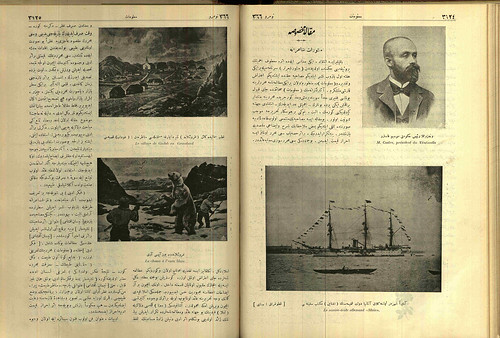
The process of mass digitization of newspaper collections in our library started with Ottoman Turkish newspapers. These items have already been digitized before the project. After being a partner of the European Newspapers Project the digitization of newspapers printed in new Turkish letters started. As a partner of the project, NLT has provided ca. 400,000 pages (200 thousand Ottoman and 200 thousand new Turkish) of its newspaper archive to the project. Major problems were faced during the implementation of this task. But, some pages were not suitable for the binarization process, because of their resolutions and dimensions. However, their view files were prepared correctly. OCR for newspapers in Ottoman Turkish is not possible and is a huge challenge. Researchers can just see the image content and the bibliographic information. At the Turkish Digital Library the newspaper content is accessible for free, when downloading the content user have to pay a fee.
NLT learns from Europeana Newspapers as a Best Practice Network project about OCR and other related technologies.
